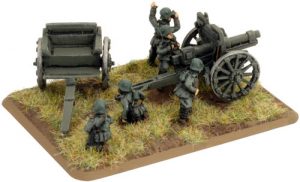 Includes two 7.7cm FK96 n.A. guns
Includes two 7.7cm FK96 n.A. guns
The armies of this Great War rely heavily on artillery to help prepare the enemy for an assault or to break up enemy attacks. The 7.7cm FK96 n.A. is a versatile field gun used all across the front. Its light weight makes it a very mobile gun compared to its competitors.
Check out the 7.7cm FK96 n.A. Guns in the online store here…
With a variety of shells available, ranging from anti-tank to shrapnel rounds, this gun can be employed successfully in different combat situations. This gives commanders a valuable tool in both offensive and defensive operations.
The 7.7cm FK96 n.A. is relatively light enough to be useful as a rapid-response anti-tank detachment. Held just behind the lines in reserve, these guns could be called up to meet British tanks. The gun is powerful and remains the best way to take out a tank permanently, but it can also be used to knock out enemy bunkers or gun positions.
Designed by Evan Allen
Painted by Mike Haught
The 7.7cm FK96 n.A. gun

The 7.62cm Krupp in Great War
Unit cards for the 7.62cm Krupp are contained in the Great War German Unit Card pack (GGE901)…
 Includes One A7V Tank and one Decal Sheet
Includes One A7V Tank and one Decal Sheet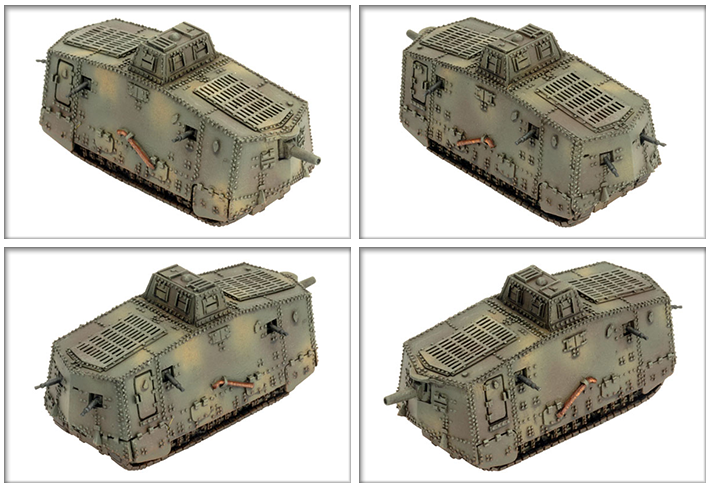
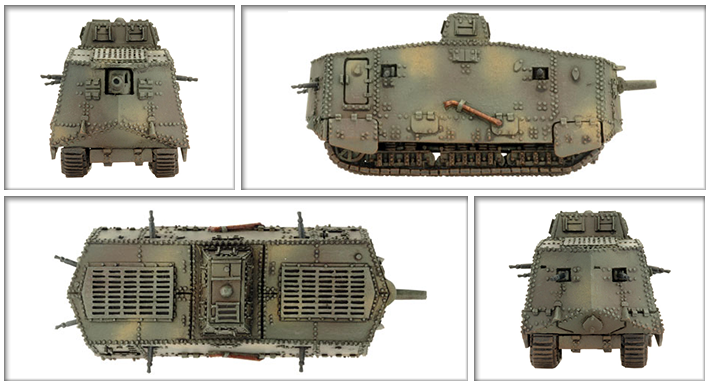

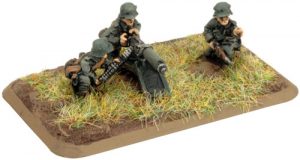 Includes four Maxim MG 08 HMG teams
Includes four Maxim MG 08 HMG teams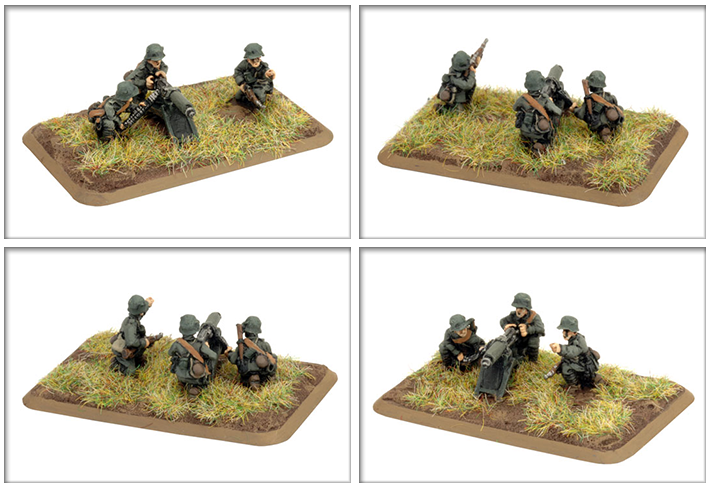
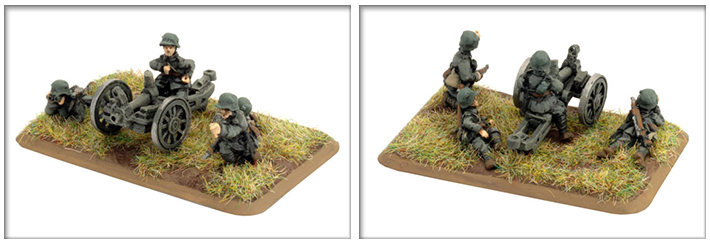

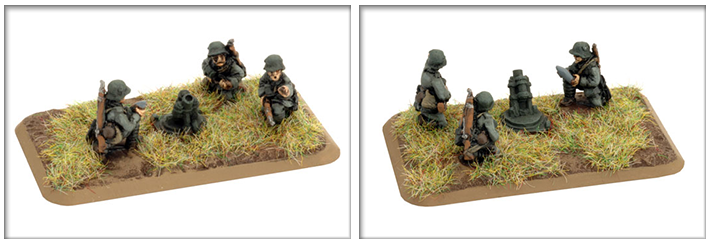
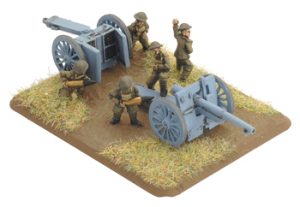 Includes two 75mm mle 1897 guns.
Includes two 75mm mle 1897 guns.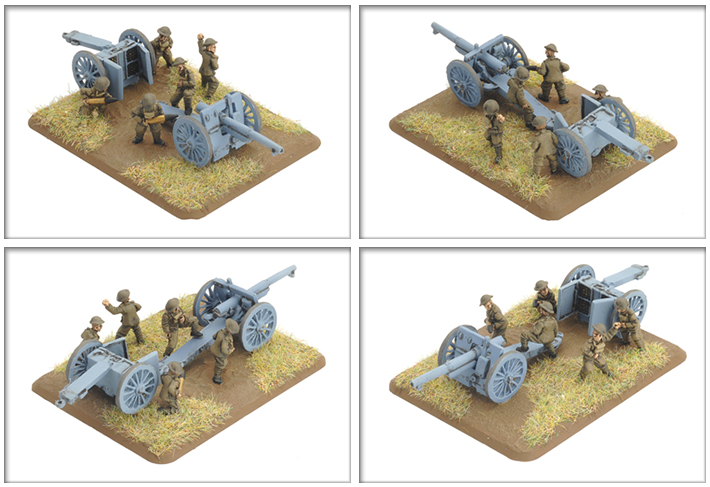
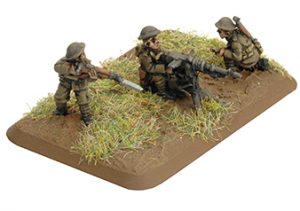 Includes four Hotchkiss HMG teams.
Includes four Hotchkiss HMG teams.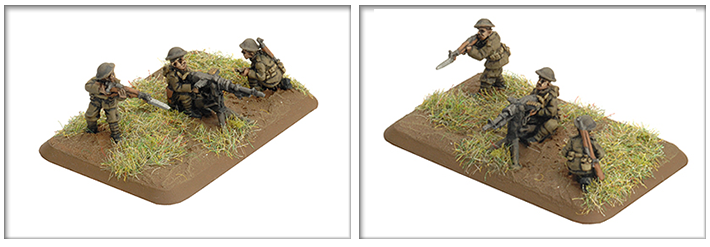
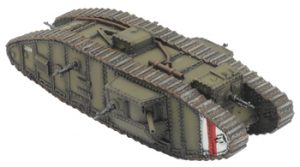 Includes one Mark V* Male, Female or Hermaphrodite Tank and one Decal Sheet
Includes one Mark V* Male, Female or Hermaphrodite Tank and one Decal Sheet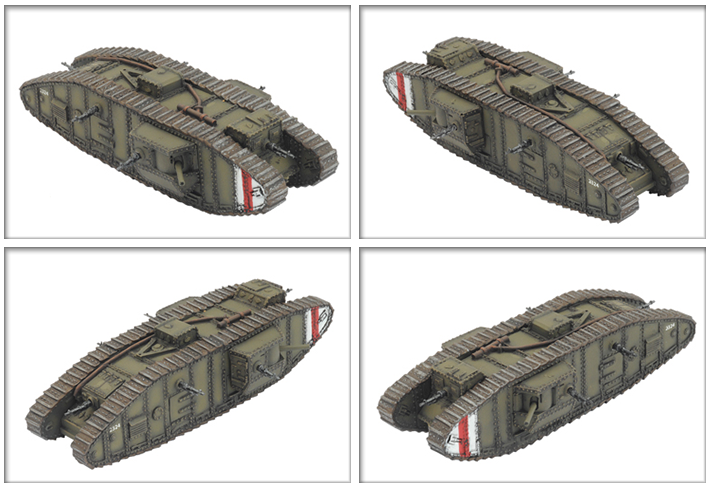
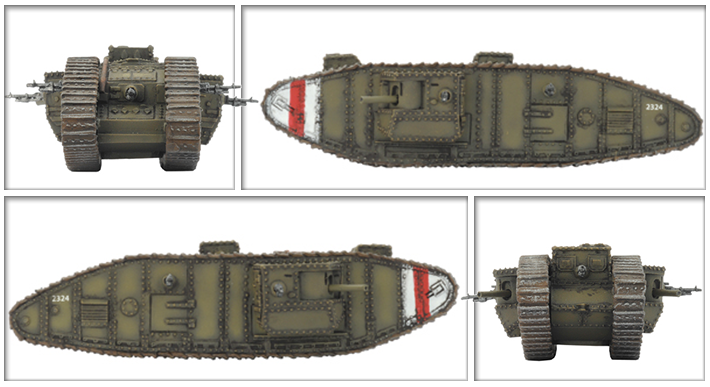
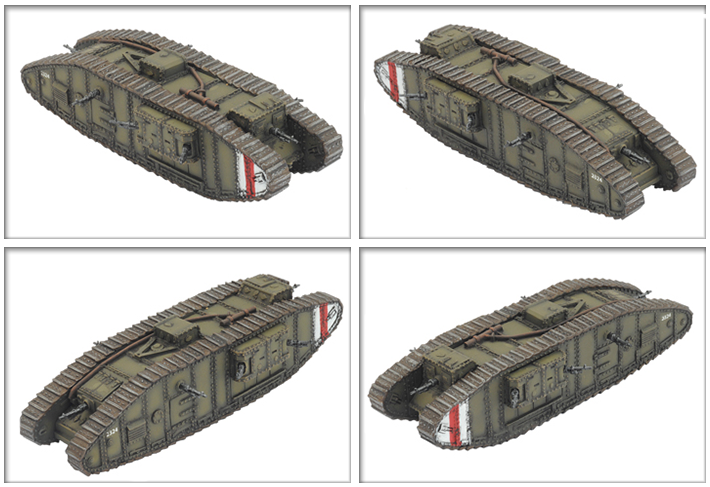
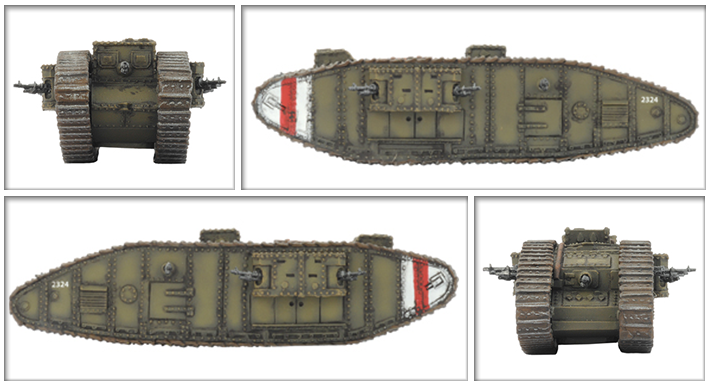 Decal Sheet
Decal Sheet
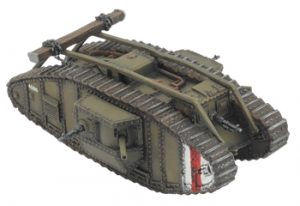 Includes one Mark V Male, Female or Hermaphrodite Tank and one Decal Sheet
Includes one Mark V Male, Female or Hermaphrodite Tank and one Decal Sheet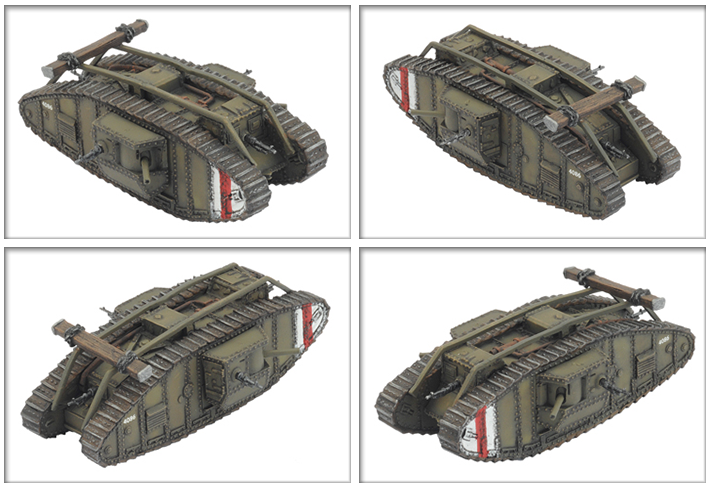
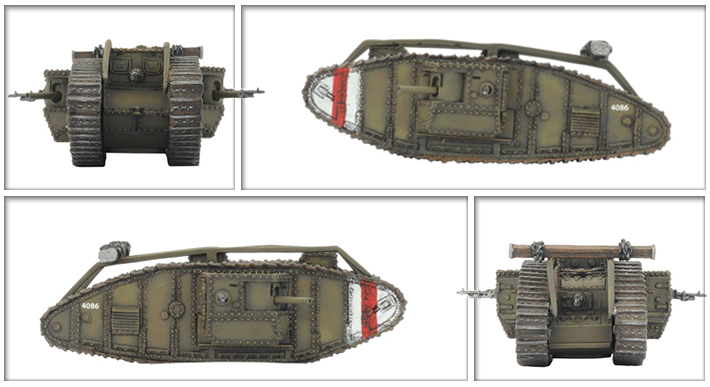

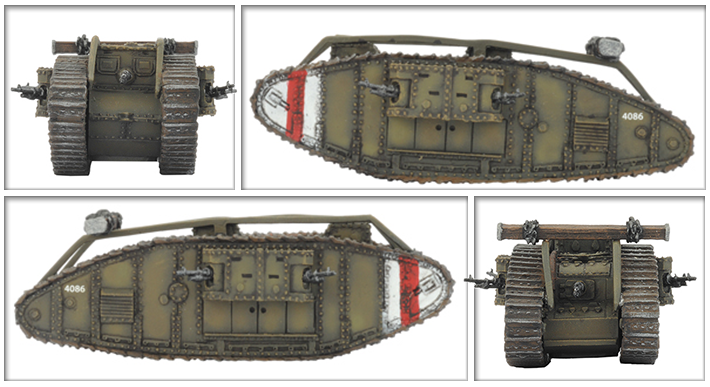
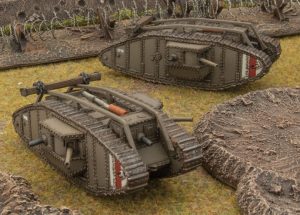 Includes one Mark IV Male or Female Tank and one Decal Sheet.
Includes one Mark IV Male or Female Tank and one Decal Sheet.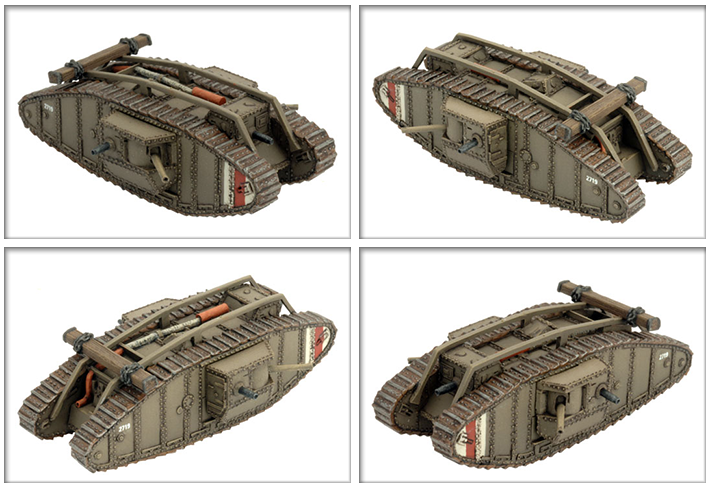
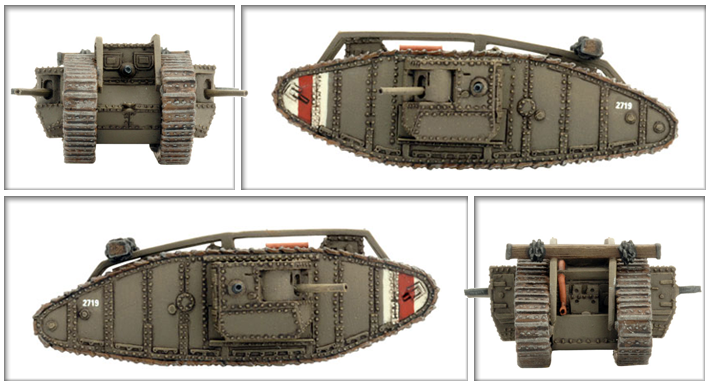
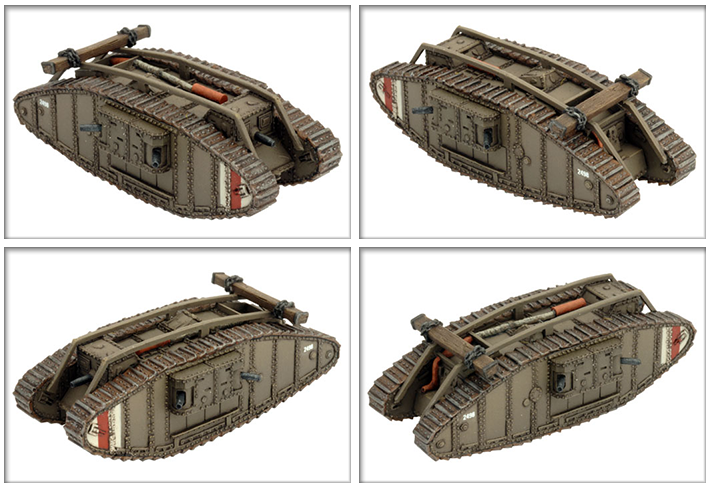
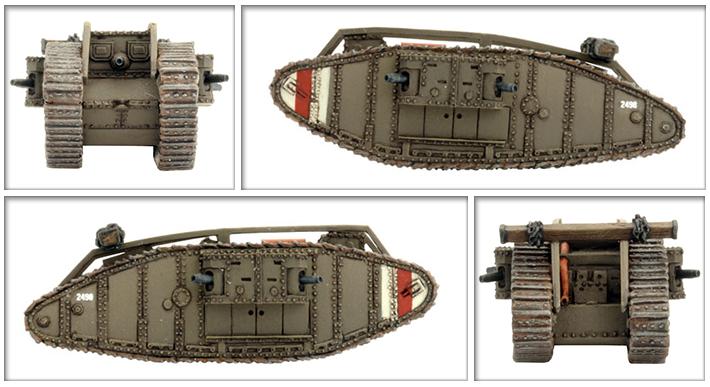
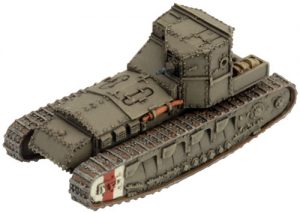 Includes one Mark A Whippet Tank
Includes one Mark A Whippet Tank




